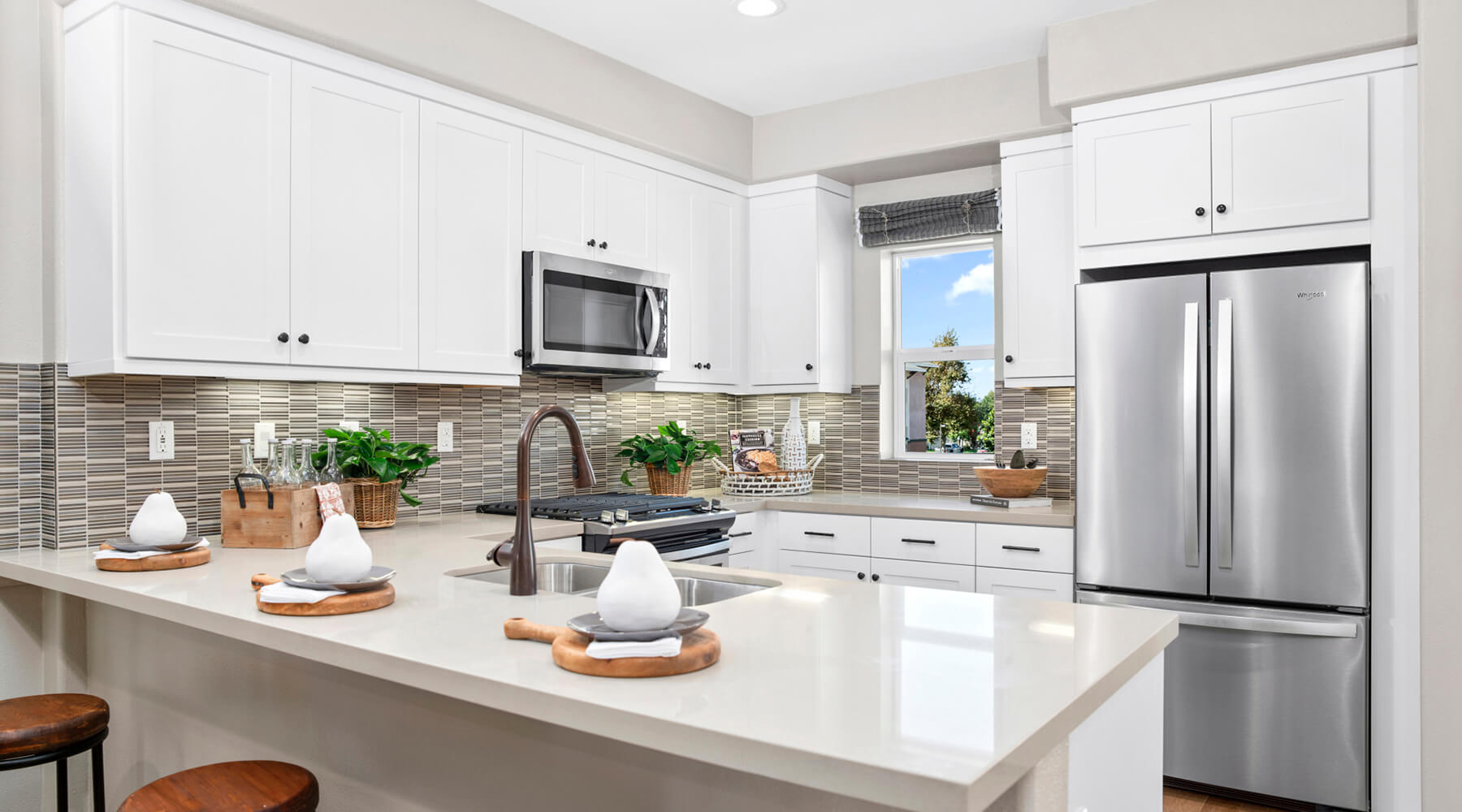Builders Bet on Internet and Social Marketing to Boost Spring Sales
Mar. 01, 2011
Marketing new homes over the Internet, especially through social media, has come so far in recent years that it will be the primary marketing strategy for most builders this spring. And no one seems to consider this an especially big leap of faith.
When we asked three builders for the March issue of Builder how they planned to generate a good buzz during the spring selling season, driving customers to their website, often through social media, rose to the top of the list.
“The old ways of marketing are obsolete,” says Matt Garland of Garland Griffin Homes in Westlake, Ohio, who started 50 move-up homes last year. Garland’s company recently launched a robust new website with backend tools to generate leads. The company also partnered with two lead-generating websites, www.Cleveland.com and www.newhomesource.com.
Jesse Pigott, co-founder of Stone Creek Custom Homes in San Antonio, which closed 15 homes last year, recently introduced a new Facebook page. It regularly updates its followers and posts in-progress construction photos. “The synergy is contagious as our clients share their excitement with their friends, family, and prospective buyers.”
Dave Barisic, vice president of Brandywine Homes in Irvine, Calif., hired a public relations firm that reaches out not only to traditional press but to real estate home bloggers and online-only press as well. The company, which expects to build more than 100 homes this year, plans to create Facebook pages for some of its new communities.
Builders believe their websites are far and away their most effective form of marketing, according to our annual State of the Industry Survey. This year, as in previous years, while most builders (56%) are holding marketing budgets steady, those who are changing them are twice as likely to be cutting than adding.
Growing reliance on websites and social marketing has allowed some builders to trim their marketing expenses at a time when cash is scarce. The problem, however, is that it’s getting more expensive to drive potential customers to your website through the traditional means of paid search.
The use of paid search–ads that appear down the side of a Google search–is way up among builders and other small businesses. One 2010 survey by Webvisible found that it more than doubled in one year.
The cost of paid search is much higher than it used to be, too, as a growing number of companies bid on keywords such as “new homes houston.” For this reason, home building consultants say it makes sense to consider less popular but more targeted keywords, like school districts, neighborhoods, or counties. Optimizing your website to promote organic search must be a high priority, too.
The rising cost of paid search is one reason why relatively inexpensive social media are so popular among builders, even though few builders are sure of the ideal strategy for Facebook, Twitter, and YouTube. But historically you could say the same thing about advertising–half the time it works, half the time it doesn’t. The key is to experiment until you figure out which half works.






